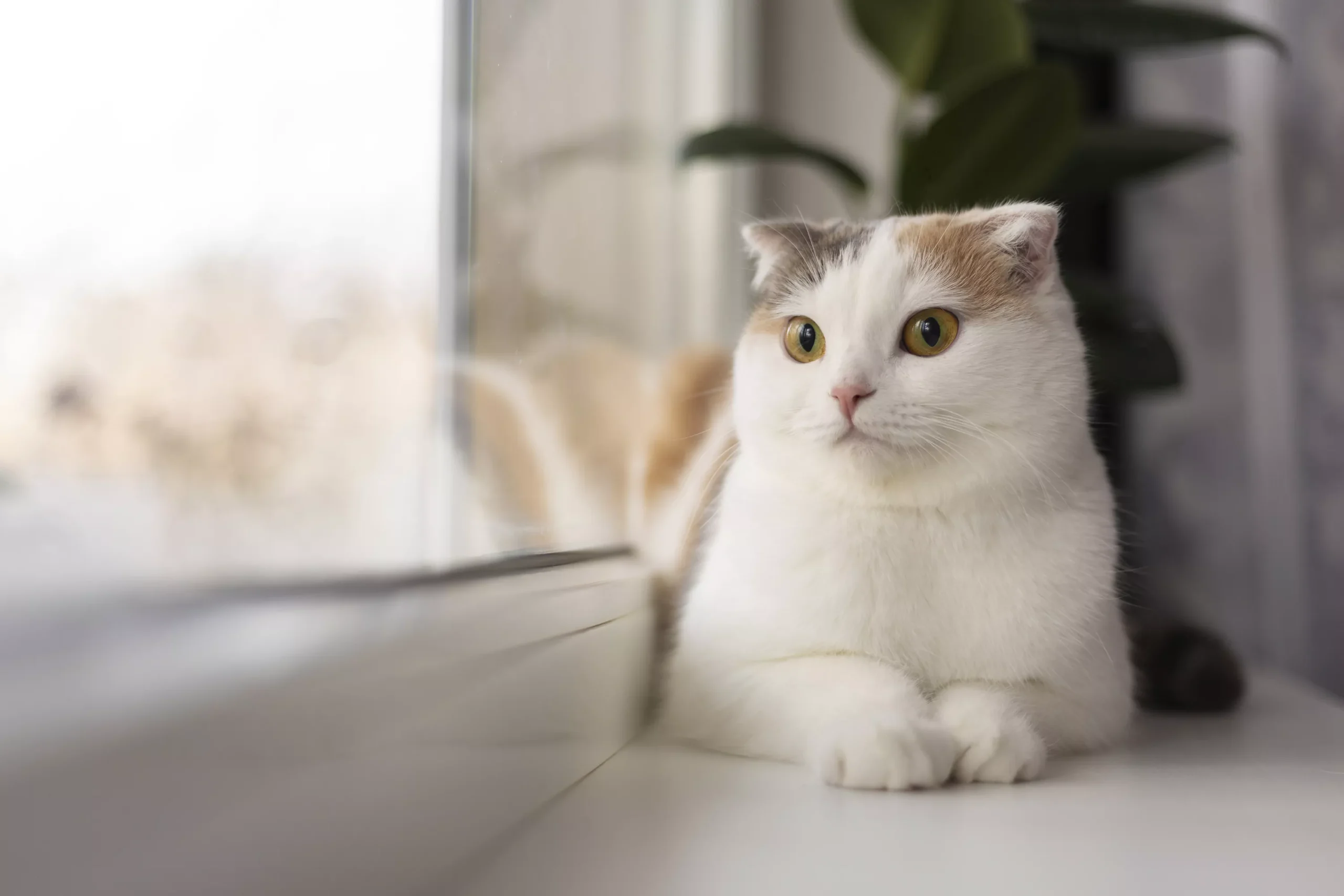What is cat insurance?
What is cat insurance?
*iSelect’s partnered with Choosi Pty Ltd to compare a range of pet insurers and policies. Not all policies are available at all times or in all areas. Our advice on this website is general in nature and does not consider your situation or needs. Consider if any advice is appropriate for you before acting on it. Learn more.
Easily compare Pet Insurance
We’ve partnered with Choosi to help you compare pet insurance policies.*
What affects cat insurance premiums?
Unlike dogs, breeding has little impact on cat insurance premiums, which are more likely to be affected by the age of the animal.
Research has found that accident-cover premiums are higher than illness-cover premiums for kittens, as they’re more likely to hurt themselves or swallow something they shouldn’t. The opposite applies to older cats, where accident-cover premiums are lower than illness-cover premiums.
Nevertheless, when RSCPA Pet Insurance tallied up claims made over a 12-month period, they found that owners of Domestic Short Hairs are almost ten times more likely to make a claim, than Moggie owners. Other breeds like Ragdoll and Burmese also see the vet considerably less, with 724 and 558 claims respectively.
Is there anything cat insurance doesn’t cover?
Like other insurance policies, there are exclusions. You cat insurance won’t include things such as dental care, food, training, grooming, accessories or any chiropractic or physiotherapy treatments. In addition, all pre-existing conditions are excluded.
Cats can be staunchly independent when it comes to hunting, grooming and exercising. But that doesn’t mean they’re immune to broken bones, infections, skin conditions and upset tummies.
Sooner or later, even the healthiest cat might need to see the vet for more than just their regular vaccination. Cat insurance can help give you peace of mind, knowing your cat won’t have to go without the care they deserve.
Compare pet insurance policies to find the most suitable cover for your cat.

Easily compare Pet Insurance quotes
Select cover for your pet from a range of brands through Choosi.*
*iSelect’s partnered with Choosi Pty Ltd (ABN 15 147 630 886) to help you compare pet insurance policies. iSelect earns a commission from Choosi for every policy sold through the website or contact centre. iSelect and Choosi do not compare all providers or policies in the market.
Any advice provided by iSelect on this website is of a general nature and does not take into account your objectives, financial situation or needs. You need to consider the appropriateness of any information or general advice we give you, having regard to your personal situation, before acting on our advice or purchasing any policy. You should consider iSelect’s Financial Services Guide which provides information about our services and your rights as a client of iSelect. iSelect receives commission for each policy sold by Choosi.

.svg)


